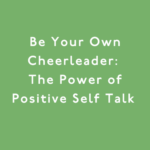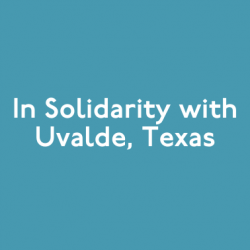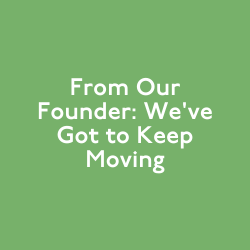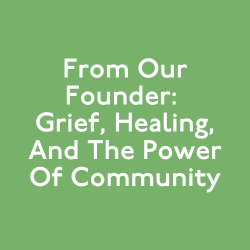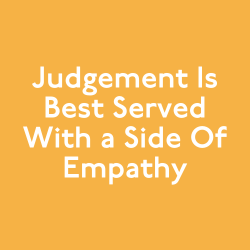Written by Founder and CEO, Sara Potler LaHayne
As an instructional online learning platform, we’re well-versed in the concerns associated with e-Learning products: “If it’s not broken, don’t fix it,” “Distance learning is passive,” “e-Learning is impersonal.”
In celebration of National Online Learning Day I’d like to share the story of how we debunked those myths and evolved Move This World from a Fulbright scholarship project in Bogota, Colombia to a global online learning platform that has impacted over 150,000 individuals to date.
Bogota, Colombia
It all started with a scholarship program. In 2007, I was a Fulbright Scholar researching and studying empathy education in Bogota, Colombia where I worked alongside Dr. Enrique Chaux of the Universidad de los Andes, a world-renown scholar in the fields of peace education, bullying prevention and conflict resolution delivered through schools.
When I first visited the schools where Dr. Chaux’s peace education program was being implemented, it struck me as odd that students in conflict-ridden Bogota were being taught about empathy and compassion through textbooks and chalkboards. I could see the lack of interest in students’ faces. Although important concepts were being addressed, they just weren’t getting it. Violence persisted in the schools where I worked, and bullying among students remained prevalent on the playground.
One day at recess, watching several students rock out to reggaeton music on a boom box in the school parking lot, it clicked. I saw how inspired they were and how the fun they were having shone through their faces and in their movement. It was then that I approached the school’s Physical Education teacher to discuss how we could use something all of the Colombian students loved – music and dance – to inspire those same social, emotional and civic competencies being taught in a classroom setting. In this way, the Move This World movement was born.
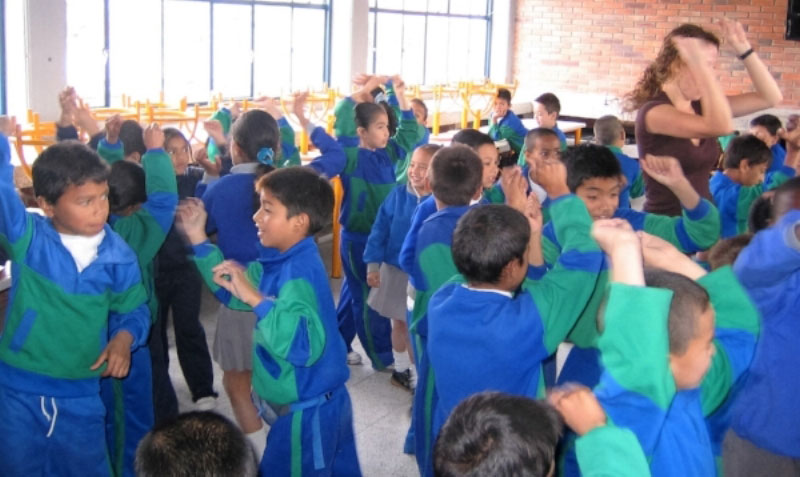
Founding A Movement
When I finally jumped off the branch to see if I was ready to fly, I was certainly hesitant. Not only was this a huge risk, both personally and financially, but was I ready to be a CEO? Despite my passion to build a movement centered around the emotional wellbeing and resilience of today’s youth, I still needed to survive, so I continued working my stable job clocking in 40+ hours a week to come home to my true passion, where I would put in another 40 hours. Looking back, it certainly wasn’t ideal, but was it worth it? Hell yes.
When I started Move This World, we had no office space, no funding and most importantly, no employees. Our first dollars spent were used to hire trainers that could facilitate the work I brought back from Bogota. We continued to build upon the curriculum and worked hard to create partnerships with schools in the DC, New York and Baltimore areas. Still without a headquarters, we were working out of coffee shops, hotel lobbies and our friends’ apartments until we finally had YEARS of sales established to sign our own office lease. Not only did those sales give us the financial boost necessary to keep us moving forward, but for me, it legitimized all of the hard work, risks and sacrifices we had been making.
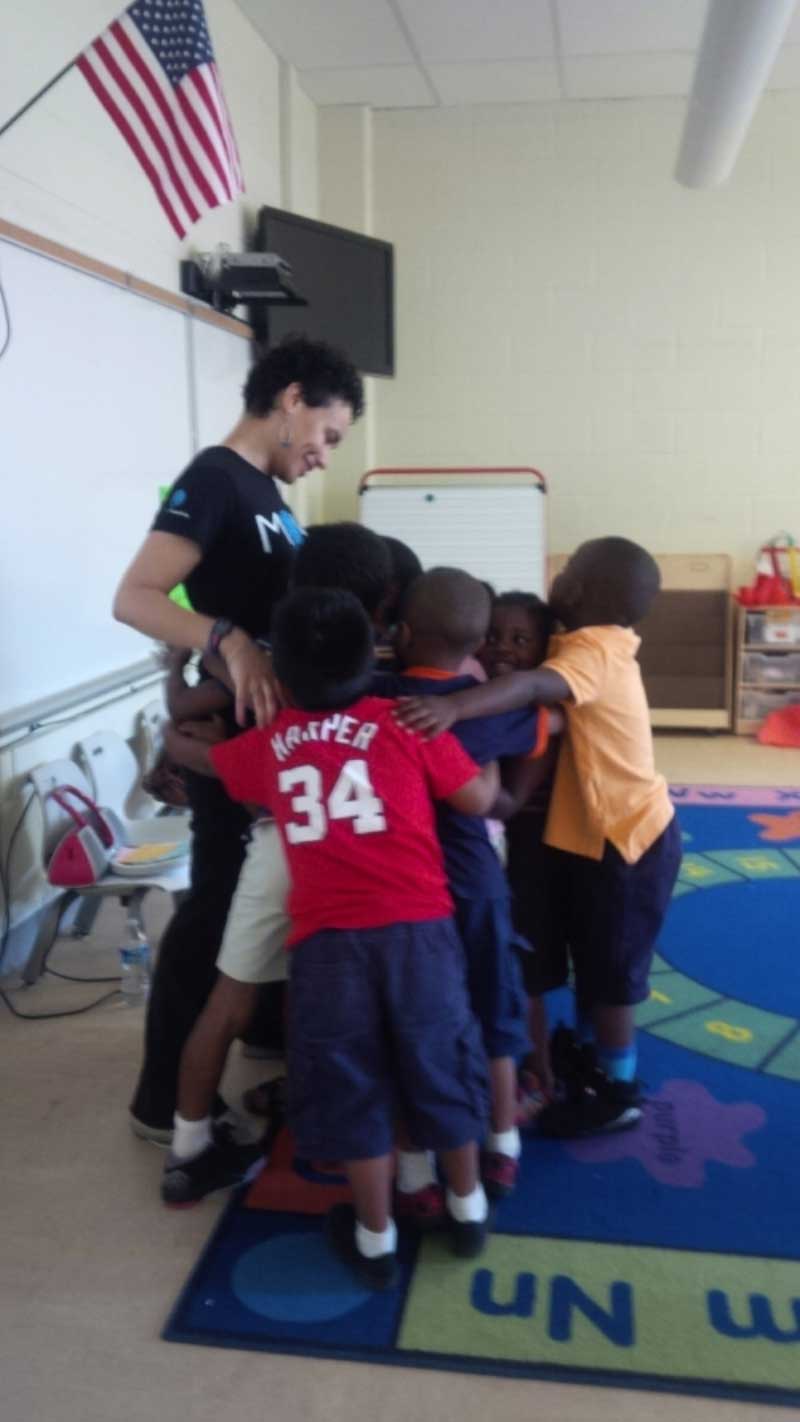
The Evolution of Move This World
Move This World started as a direct service organization working with students during weekly hour-long sessions in their classrooms. We quickly realized that in order to reach just 1 million youth, we would need to recruit, train, hire and support 250,000 trainers at minimum who had a certain background and expertise in using creativity to cultivate social and emotional wellbeing. While effective, the program just wasn’t as scalable as our mission needed it to be.
We decided the best way to scale the program would be to work directly with the teachers. Rather than spend fragmented sessions in the classroom, why not work with the individuals who already support and understand these students best? We will never be a better second grade teacher than a second grade teacher, but what we can do is support those teachers who know their kids best to incorporate care and compassion in their classrooms.
Our teacher training program model served to be a big success. Educators, principals and district leaders were excited to take part in experiential professional development sessions in order to learn how to best support the social emotional readiness to learn of their students and create safe and supportive classrooms. We were receiving tons of positive feedback from participants but one suggestion was clear: they were seeking ways to directly apply these new teachings into the classroom.
So a new question arose: “How can we take this inspiration and renewed sense of purpose and connection and apply it with tools in the classroom?” So we improvised.
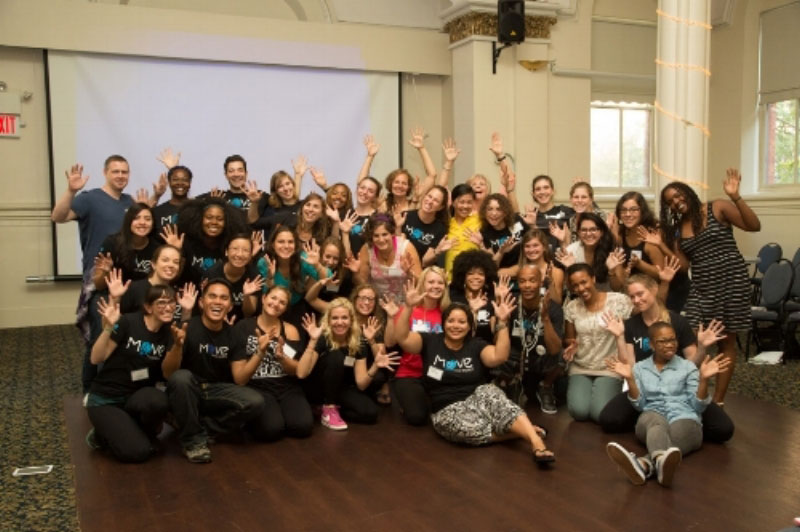
Going Digital
Our initial attempt to appease our partners’ hunger for tangible tools they could use in the classroom was to distill and kernelize our Pre-K -12th grade student and professional development curriculum into bite-sized videos using iPhones and email the videos to the educators. The videos were so well received by the students and teachers that we emailed them to all of our partners as supplemental tools. And then it hit us. We knew if we were ever going to make our program as scalable and accessible as possible to all kinds of educators with varying comfort levels in addressing mental and emotional health, we had to go digital.
We hired a production crew along with actors and built out Pre-K -12th grade tools and hosted them within our former WordPress site which we have now transitioned from into a partnership with a learning management system, Schoology, to host all of our content. Our top priority has always been to provide accessibility to social emotional learning for any individual. Move This World’s curriculum no longer requires on-site facilitation; nor does it require a trainer for your staff. The digital tools ensure consistency of experience across sites, and fidelity and ease of implementation. There are not variances among customer experiences when all the educator has to do is press play to bring high impact tools into her classroom.
What we’re most excited to celebrate on National Online Learning Day is the power to provide digital experiences that transform classrooms and lives independently of physical in-person experiences. We no longer have to fear that we are unable to reach students because we have a shortage of staff/trainers, or a shortage of funding. Anyone who wants to access social emotional supports and experiences- wherever you may be- can now can do it because of the power of digital learning.
Interested in learning more about why nearly 70% of school districts are using blended learning programs? Read our piece via Character.org on how our students responded to the introduction of Social and Emotional Learning video tools in their classroom.
I encourage you to continue the conversation on #NationalOnlineLearningDay by sharing your excitement for the power of online learning – what digital tools are you using to help you work, learn and thrive?





